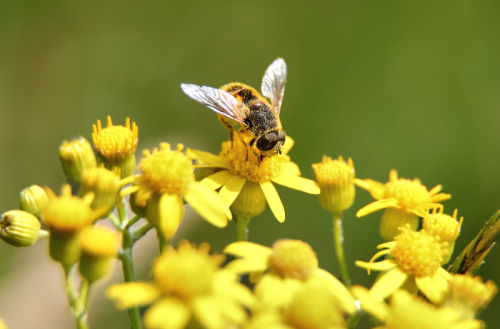The Most Practical Tips To Аlleviate Ѕymptoms Of Аllergy Оr Asthma Аt Home

People with allergies or asthma should make house chores part of their allergy management plans. Cleaning reduces the amount of allergens (substances you are allergic to) in your home, which can help alleviate your allergy symptoms.
But be careful that your cleaning efforts don't backfire since many cleaning products can cause allergy- or asthma-like symptoms for some.
"The cleaning product does not trigger an allergy, but it is an irritant," says Julie McNairn, MD, an allergist and immunologist in private practice in Middletown, Ohio. "And an irritant can cause the same symptoms as an allergy."
Products to use for home cleaning
For allergy and asthma sufferers, the best types of cleaning products are those that are non-toxic. "Green" cleaning products can be better for those with allergies, but read the labels carefully, as some of these products still contain irritating substances.
"The bottom line is that baking soda and vinegar can get just about anything cleaned, in different concentrations for different uses," says McNairn. "You can use white vinegar and baking soda almost anywhere, really, and it doesn't have that 'off' odor that a lot of cleaning supplies have." But, warns McNairn, "You should never mix bleach with vinegar or bleach with ammonia."
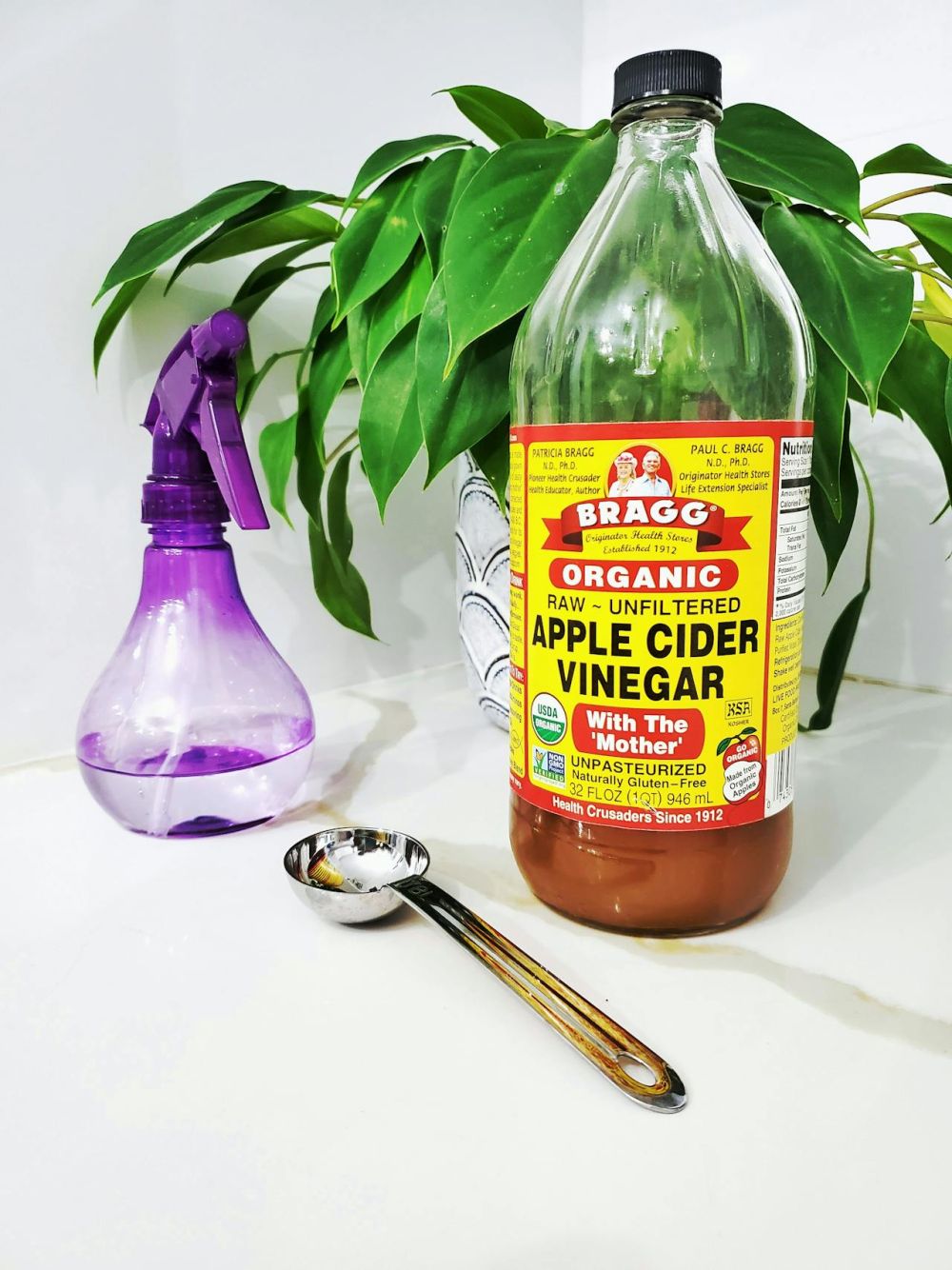
McNairn suggests:
Vinegar and salt for a surface cleaner
Baking soda and water to clean baby bottles
Baking soda on carpeting to remove scents or odors
Olive oil or lemon juice with vegetable oil for furniture care
Ventilation, cinnamon and cloves, or steeped tea for air freshening
These simple steps may reduce your risk of developing allergy and asthma symptoms when you clean kitchen
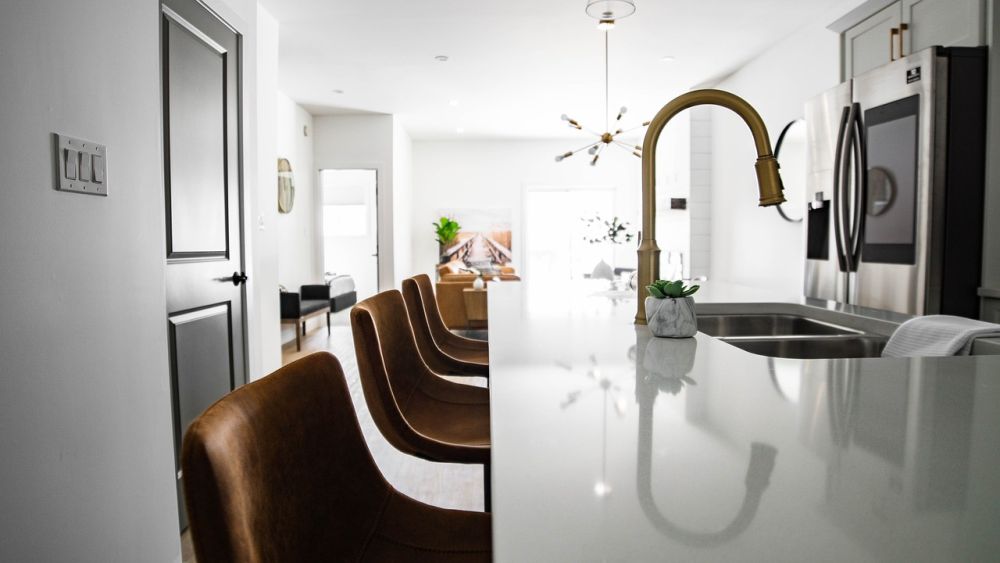
Use an exhaust fan on a regular basis to remove cooking fumes and reduce moisture. Place garbage in a can with an insect-proof lid and empty trash daily. Store food—including pet food—in sealed containers, and discard moldy or out-of-date items.
Each week, mop the floor and wipe cabinets, backsplashes and appliances. Clean cabinets and countertops with detergent and water, and check for plumbing leaks. Wipe up moisture in the refrigerator to avoid mold growth.
Empty and clean drip pans and clean or replace moldy rubber seals around doors. Wash the dish rack, and wipe the light switch plates, phone and inside of the garbage can.
Seasonally, empty and scrub down the inside of the refrigerator and the utensil drawers. Scrub down the cupboard exteriors and clean the stove-hood filter.
Living areas

Encase pillows, mattresses and box springs in dust-mite-proof covers. Wash sheets, pillowcases and blankets weekly in 130°F water. Remove, wash or cover comforters.
Clean carpeting weekly with a vacuum cleaner that has a small-particle or HEPA filter. Wash area rugs and floor mats, and mop hard surface flooring weekly. Use curtains made of cotton or synthetic fabric. Wash seasonally.
Keep windows closed and use air conditioning during pollen season. Clean mold and condensation from window frames and sills with a solution of chlorine bleach (3/4 cup chlorine bleach to 1 gallon of water). Always wear a protective mask when cleaning mold.
Remove anything that collects dust, such as knickknacks and books. Store toys, games and stuffed animals in plastic bins. Keep pets out of the bedroom. Bathing animals twice a month may reduce allergens.
Hot, humid houses are breeding grounds for dust mites and mold. Maintain temperature at 70°F and relative humidity at 30 to 50%. Clean or replace small-particle filters in central heating and cooling systems and in-room air conditioners at least once a month.
Control cockroaches and mice with traps from the hardware store, or hire a professional exterminator. To prevent re-infestation, seal cracks or other entryways.
Bathroom
An exhaust fan can reduce moisture while taking baths or showers. Remove carpeting if possible and use wood or linoleum flooring. Use washable rugs. Remove wallpaper and install tile, or paint walls with mold-resistant enamel paint.
Towel-dry the tub and enclosure after use. Scrub mold from tub and faucets. Clean or replace moldy shower curtains and bathmats. Quickly repair any leaks.
Basement
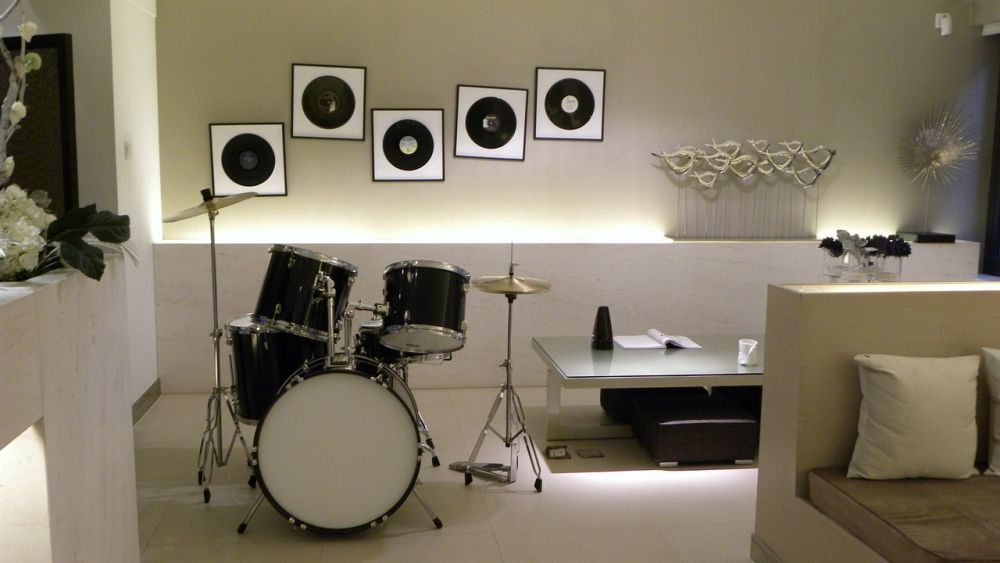
Basements can be a challenge. Not only can they be damp and dusty, but they can also harbor rodents or mold. Always wear gloves and a mask when cleaning a basement that has either of these problems. If vacuuming, empty the bag outside, while still wearing a mask, and place it directly into a trash bag, tie and put in the trash container immediately.
Remove moldy or water-damaged carpeting. If possible, use cement or linoleum flooring. If that isn’t an option, use low-pile instead of high-pile carpeting and use a vacuum cleaner that has a small-particle or HEPA filter weekly. Install plastic sheeting (vapor barrier) under carpeting to prevent moisture seepage.
Check for and repair any sources of leaks or water damage. A dehumidifier can reduce dampness – clean it once a week. Use an exhaust fan to vent moisture from a clothes dryer outside.
Dealing with Mildew
Wash concrete floors and walls with a solution of bleach and water (see above). Allow the solution to sit for five minutes, then rinse and dry. Always wear rubber gloves when working with bleach or vinegar solutions.
If you have a section of carpet with mold or mildew, clean the back of the carpet with one part hydrogen peroxide to five parts water. If possible, remove the carpet and place it outside in the sun to dry. If not, prop the section up and use a fan to dry the area.
If you have mold or mildew on basement walls, use one of the solutions listed below to clean, but you must also remove the moisture from the area. Use a dehumidifier or fans to circulate the air, and open windows if possible.
Cleaning Option 1: Straight vinegar sprayed on the walls. Don’t rinse, just air dry.
Cleaning Option 2: Mix 2 cups vinegar, 2 cups very hot water, 1/2 cup salt and 2 cups borax. Apply solution to area and allow it to sit for 30 minutes. Apply the solution again, scrubbing with a soft bristled brush and rinse well with plain water.
Jennifer Pearce
Acknowledgement:
"Featured photo": for source click here.
"Photo no. 1": for source click here.
"Photo no. 2": for source click here.
"Photo no. 3": for source click here.
"Photo no. 4": for source click here.
This article was originally published in 2016 on SPIC AND SPAN. Home & Office Cleaning" blog.
Check more articles on our blog

Allergy Cleaning Tips To Keep Your Symptoms At Bay
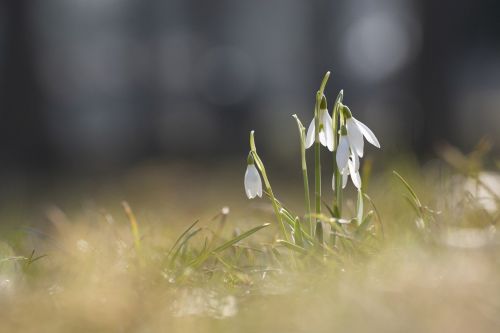
Fight Dust Allergy with Spring Cleaning
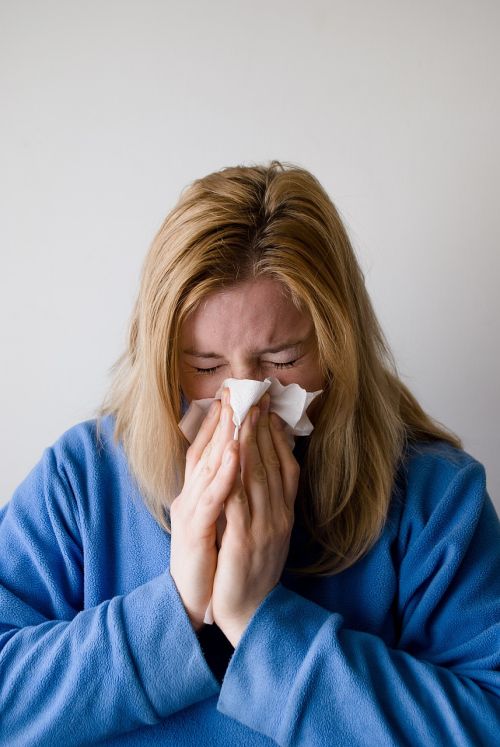
The Most Practical Tips To Аlleviate Ѕymptoms Of Аllergy Оr Asthma Аt Home
